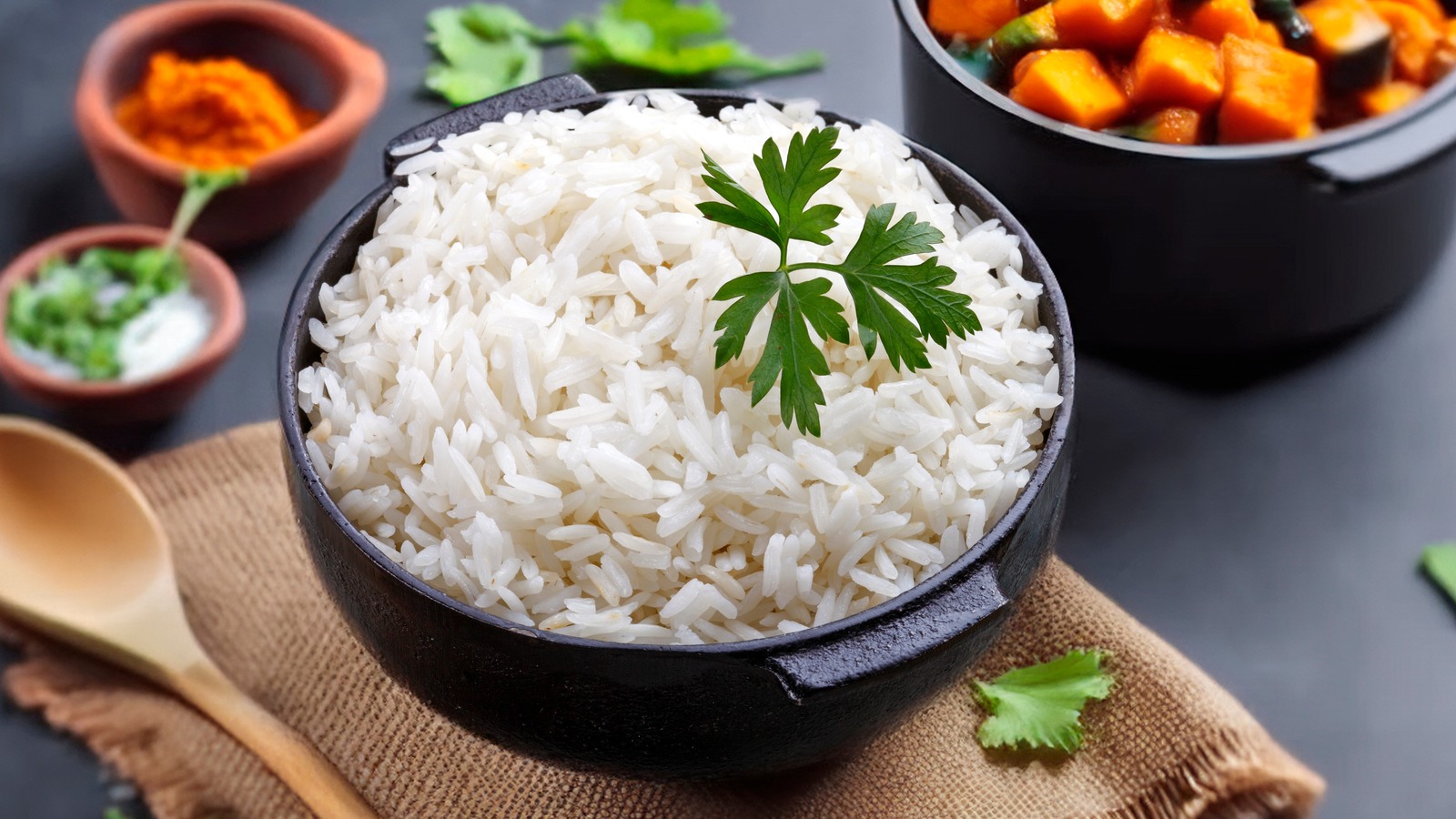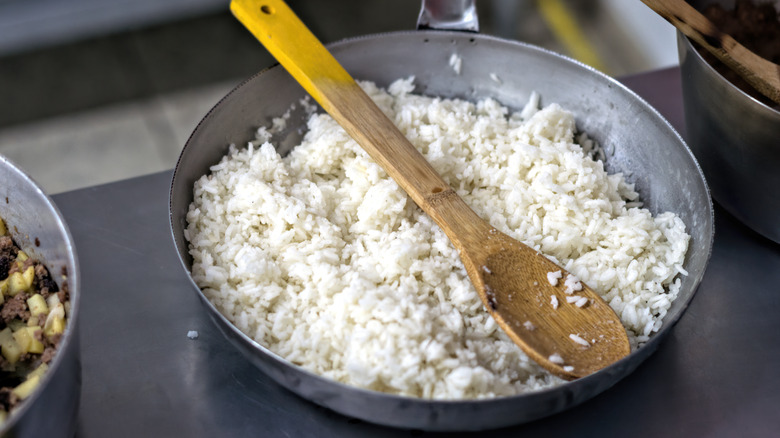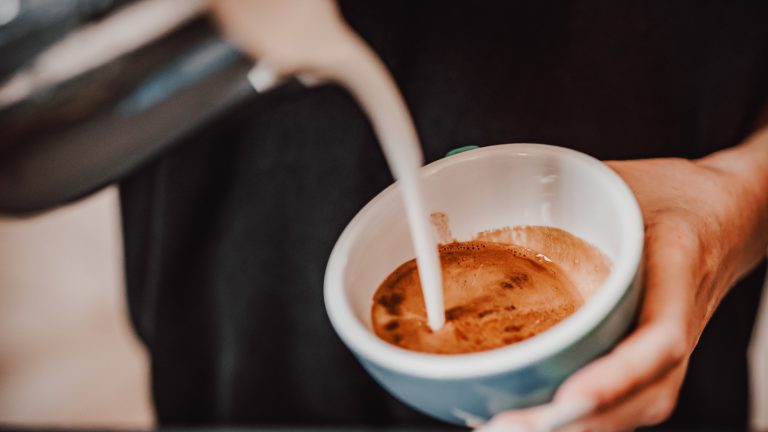Rice is rice, right? A simple starch that only requires water and a little time to become the perfect, neutral side to any meal. And yet, the deeper down the rabbit hole of cooking techniques you go, the more you realize that the perfect approach to rice is one that constantly develops new layers. You may be very familiar with washing your rice, or the lemon juice hack that makes your rice extra fluffy, but odds are you’re still missing a key trick to get the most flavorful rice: toasting it.
According to recipe developer and culinary content creator Kyle Taylor, toasting your rice before cooking it allows you to add multiple levels of flavor to the dish. “Toasting kicks off the Maillard reaction. Even without visible browning, you’re slightly altering the starches and adding nutty depth to the flavor,” he told Food Republic in an exclusive interview. This extra step also helps keep your rice separate during the cooking process, so you can avoid an overly sticky and mushy texture.
While there are many types of rice out there, some respond to this treatment better than others.”I’ve found it’s especially noticeable with long grains like jasmine and basmati,” the expert shared. The benefits of this extra step are numerous — not only does toasting the rice add flavor and prevent it from clumping or sticking together, but it also speeds up the cooking time, raising the temperature of the grains so the grain can start absorbing liquid faster and more evenly.
Toasting your rice in different ways
There are different ways to toast your rice, depending on your dietary preferences and what’s in your pantry. Kyle Taylor told Food Republic that one of his favorite methods is toasting rice in olive oil — the high quality kind, of course.
“It adds richness, helps the grains separate, and lets you bloom aromatics like garlic or spices to build flavor early,” Taylor explained. “Long-grain varieties work best with this method. I often add a pinch of cumin or some citrus zest during toasting. It adds great depth with minimal effort.” For those unfamiliar with the term, blooming is the act of introducing an ingredient to a warm source of fat, such as oil, ghee, or lard, in order to maximize the release of flavor and aroma. Blooming can even be used to make more flavorful coffee, though that practice uses water instead of oil.
Add enough of your fat source to coat all the rice and whatever aromatics you’re planning on adding before cooking over medium-low heat for a few minutes. Pay attention to your nose — the somewhat nutty aroma should confirm that it’s ready. It’s also not strictly necessary to use oil if you’re looking to minimize the fat content while still getting the effects of toasting your rice, according to Taylor. “Dry toasting works too, especially for basmati or jasmine, but watch it closely to prevent burning,” the expert advised.






